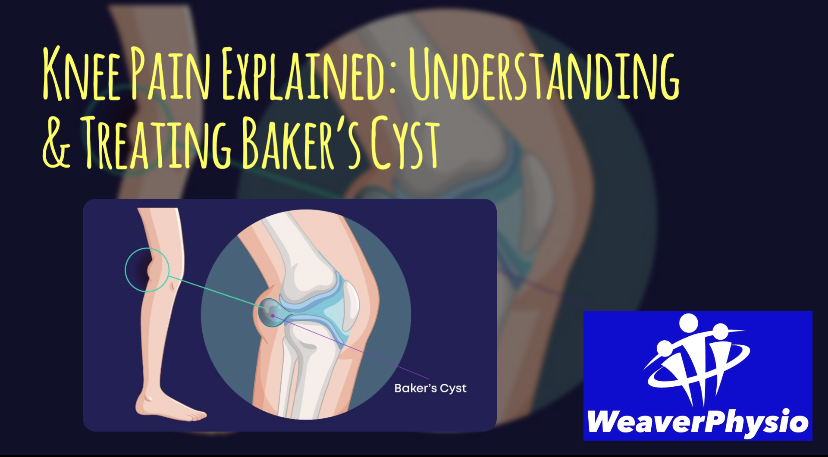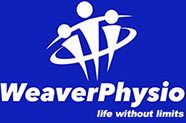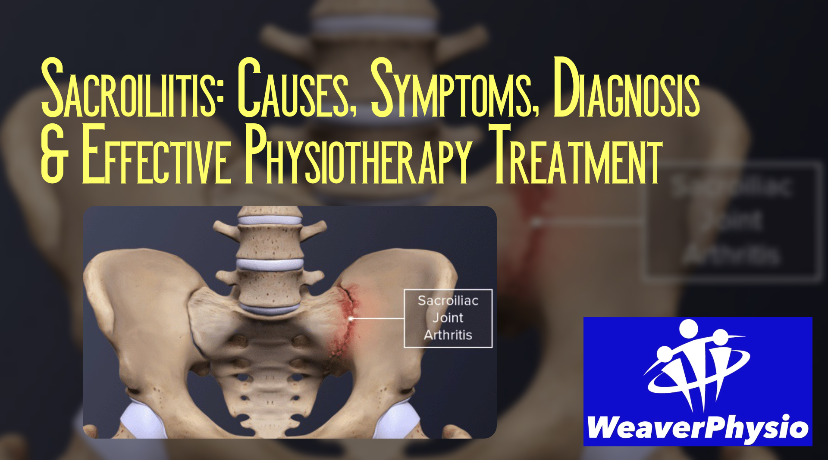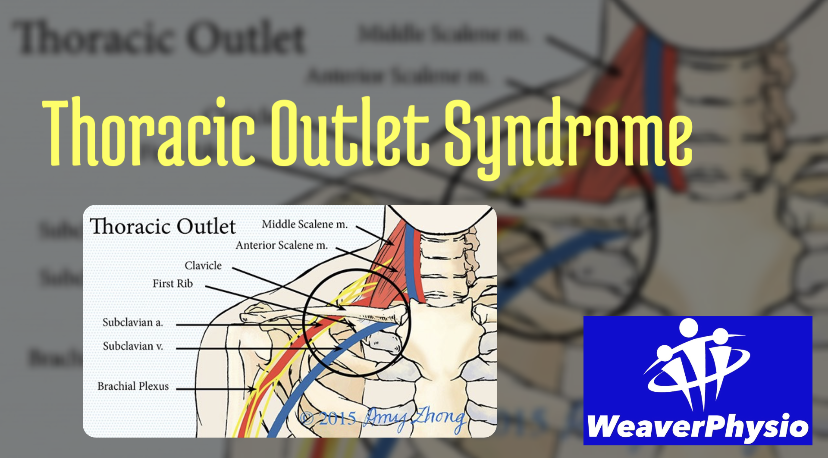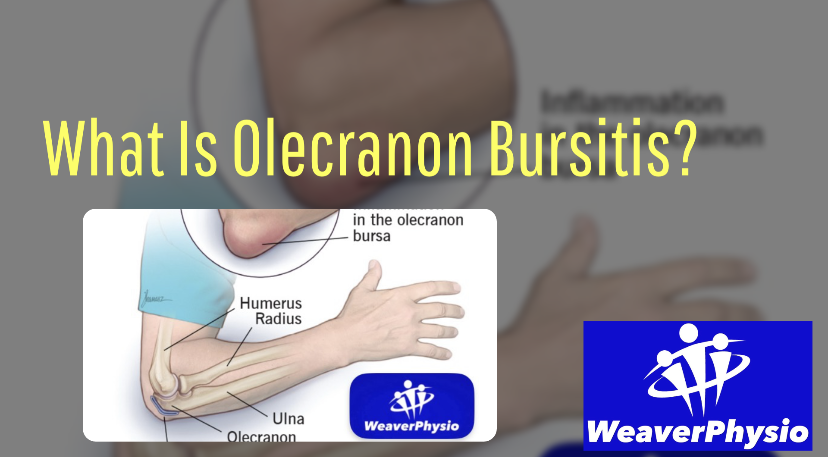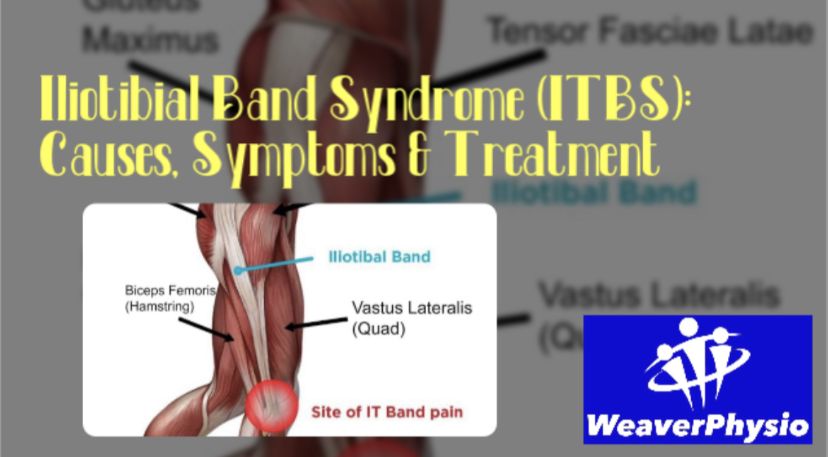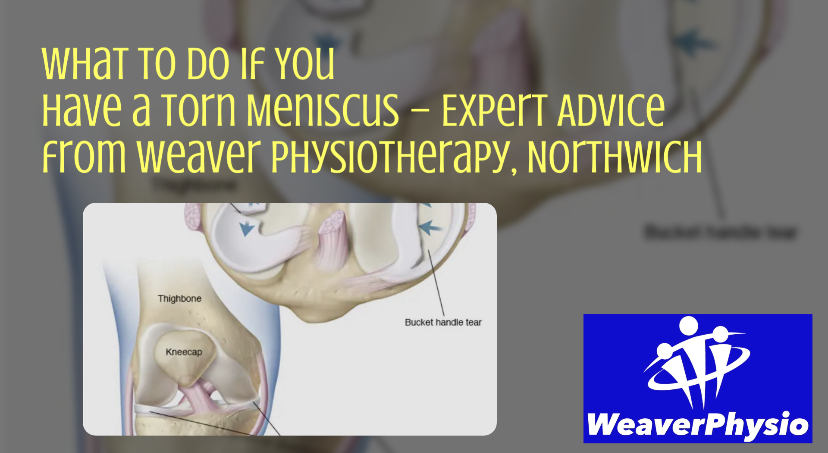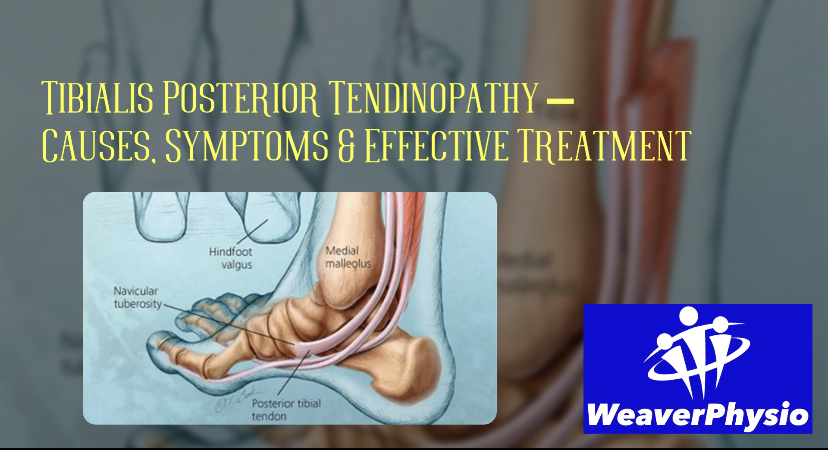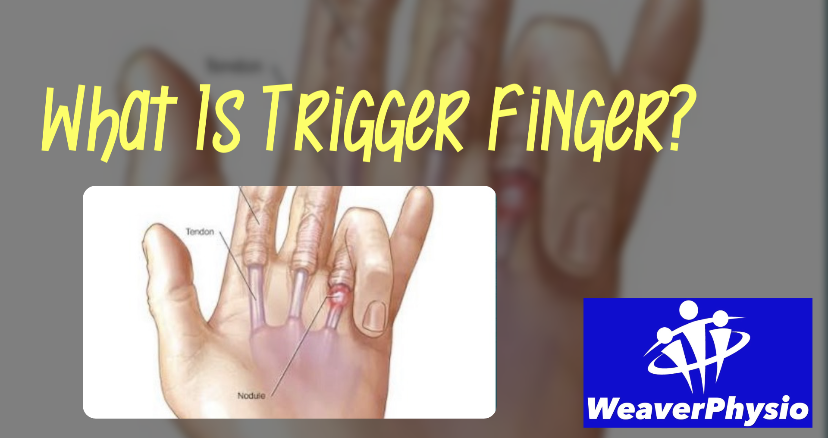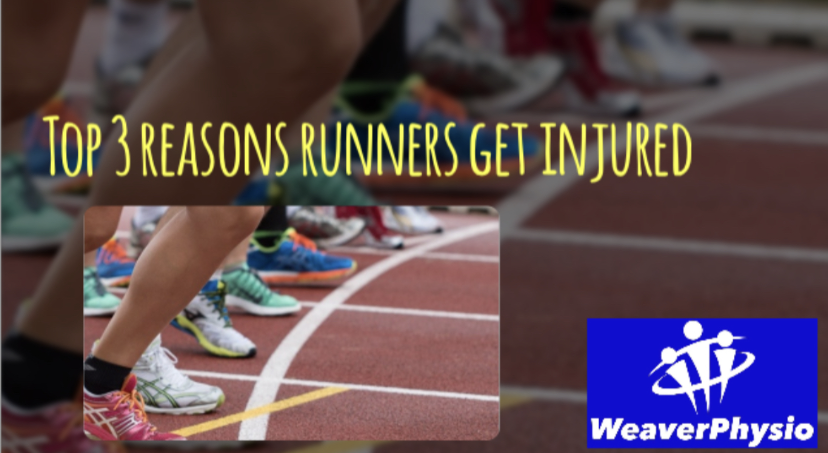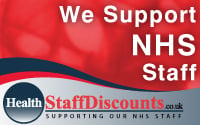COMBINED ACUPUNCTURE AND MASSAGE
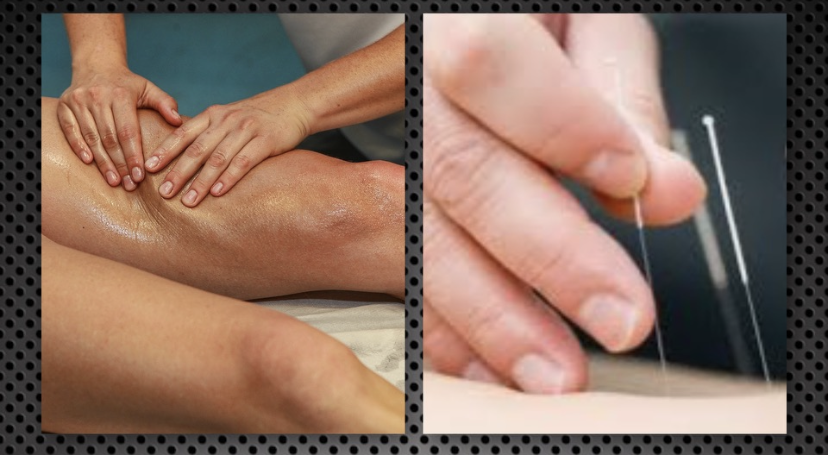
Unlocking the Power of Massage and Acupuncture: A Holistic Healing Duo
When it comes to pain relief, recovery from injuries, or simply improving overall wellness, massage therapy and acupuncture are often viewed as separate treatments. However, combining these two ancient modalities creates a synergy that can enhance their individual benefits, leading to faster recovery and greater relief from pain.
In this blog, we’ll explore why the fusion of massage and acupuncture is so effective and how this dynamic duo can help you heal, restore, and thrive.
Why Combine Massage and Acupuncture?
Massage therapy and acupuncture are both time-tested methods for relieving pain, reducing muscle tension, and promoting overall wellness. While each offers unique benefits, they complement each other in profound ways when used together.
• Massage Therapy focuses on soft tissue manipulation to improve muscle function, relieve tension, and enhance circulation. It works on the body’s surface and slightly deeper layers to loosen up scar tissue, release adhesions, and realign muscles and connective tissues.
• Acupuncture, on the other hand, uses thin needles to stimulate specific points on the body. It goes deeper, targeting muscle tone, blood vessels, and even nerve pathways to address pain and promote healing from within.
The result? A holistic treatment plan that targets both the superficial and deeper layers of your body for maximum healing.
The Benefits of This Combination
1. Pain Relief That Goes Beyond the Surface
Massage therapy excels at releasing tight muscles, breaking up scar tissue, and improving overall mobility. However, certain issues—like deep-seated pain or stubborn muscle tension—require a deeper approach.
Acupuncture can reach tissues that massage cannot, such as the multifidus muscles in the spine or other deeply embedded structures. Together, they provide comprehensive pain relief, addressing both surface and underlying causes.
2. Improved Circulation and Healing
Massage enhances blood flow by loosening tight muscles and reducing restrictions in soft tissues. Acupuncture amplifies this effect by improving microcirculation and targeting areas where fluids and toxins have pooled. This one-two punch helps flush out inflammatory chemicals, reduce swelling, and deliver vital nutrients to damaged tissues.
3. Enhanced Recovery from Injuries
For those recovering from injuries or dealing with chronic conditions like arthritis, combining these therapies can accelerate the healing process. Massage softens scar tissue and restores mobility, while acupuncture stimulates the body’s natural healing mechanisms to repair deeper structures and reduce inflammation.
4. Stress Reduction and Relaxation
Both massage and acupuncture are known for their stress-relieving effects. Together, they create a deeply relaxing experience that calms the nervous system, lowers cortisol levels, and boosts endorphins—your body’s natural painkillers and mood elevators.
How These Treatments Work Together
Imagine a scenario where you’ve been dealing with persistent shoulder pain. Massage therapy might start by loosening tight muscles and addressing scar tissue from a previous injury. However, deep within the joint, there could still be areas of inflammation or tension that massage can’t reach.
This is where acupuncture steps in, targeting trigger points and improving blood flow to the area. The combination not only relieves pain but also addresses the underlying cause, leaving you feeling better and more mobile.
When to Try Massage and Acupuncture Together
If you’re experiencing any of the following, combining these treatments might be the game-changer you need:
• Chronic pain that hasn’t responded to other treatments.
• Injuries that involve scar tissue or deep tissue restrictions.
• Muscle spasms or tension that limit your range of motion.
• Sports injuries that require comprehensive recovery support.
• Stress or anxiety that affects your physical well-being.
Maximizing Your Experience
To get the most out of these therapies, consider booking a massage session followed by acupuncture. Massage helps prepare the muscles and tissues, making acupuncture even more effective in accessing deeper layers and stimulating healing.
Additionally, communicate your goals and pain points with your practitioners so they can tailor the treatments to your specific needs.
Experience the Synergy
The combination of massage and acupuncture is more than just two treatments—it’s a powerful partnership that works to heal your body from the inside out. Whether you’re managing pain, recovering from an injury, or simply seeking a holistic approach to wellness, this duo can help you feel your best.
Ready to experience the synergy for yourself? Book a massage and acupuncture session today and take the first step toward a healthier, more balanced you.
Your Wellness Journey Starts Here
Embrace the benefits of combining massage and acupuncture and discover a new level of healing. Let your body experience the harmony of these two therapies working together to restore, rejuvenate, and revitalize.
